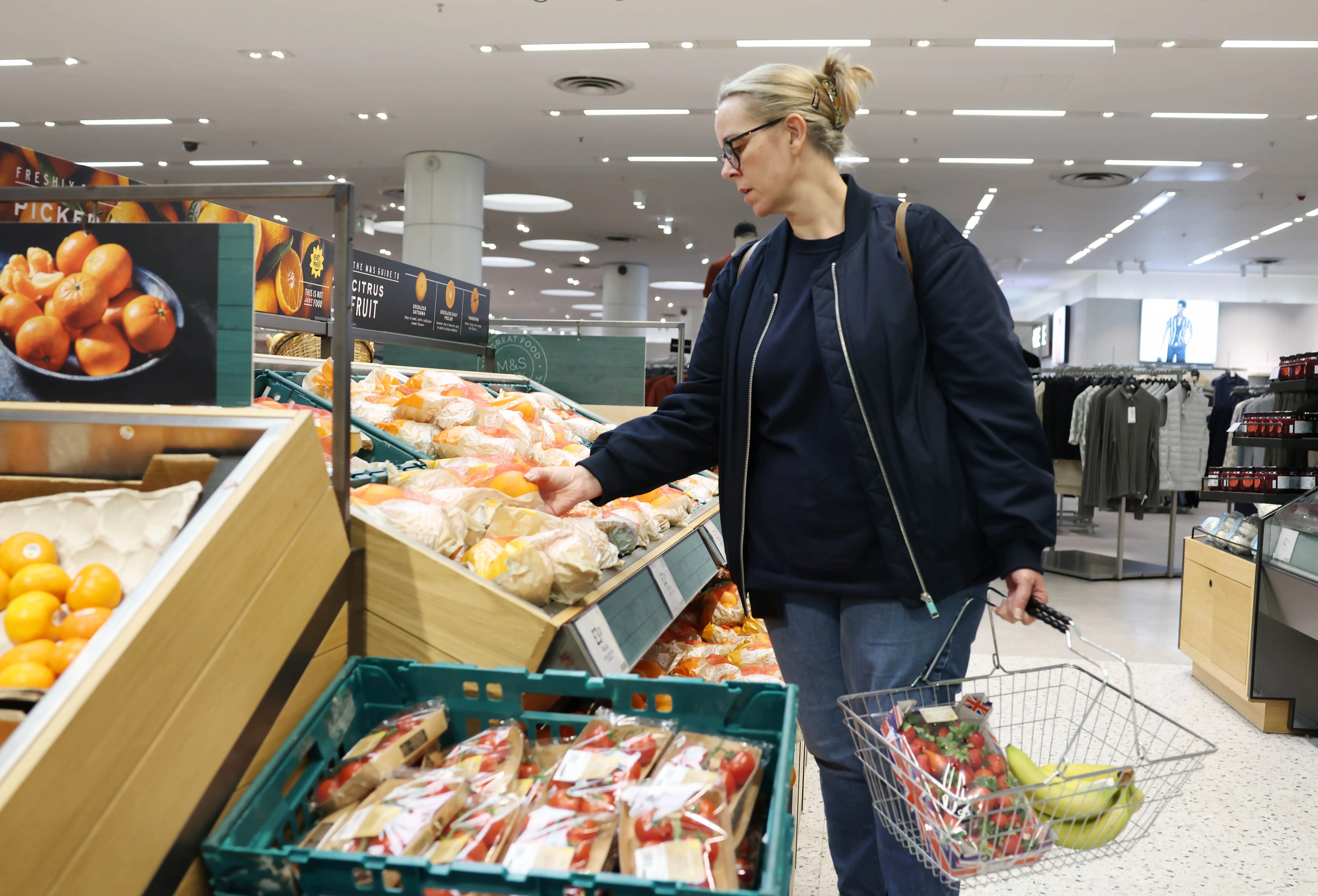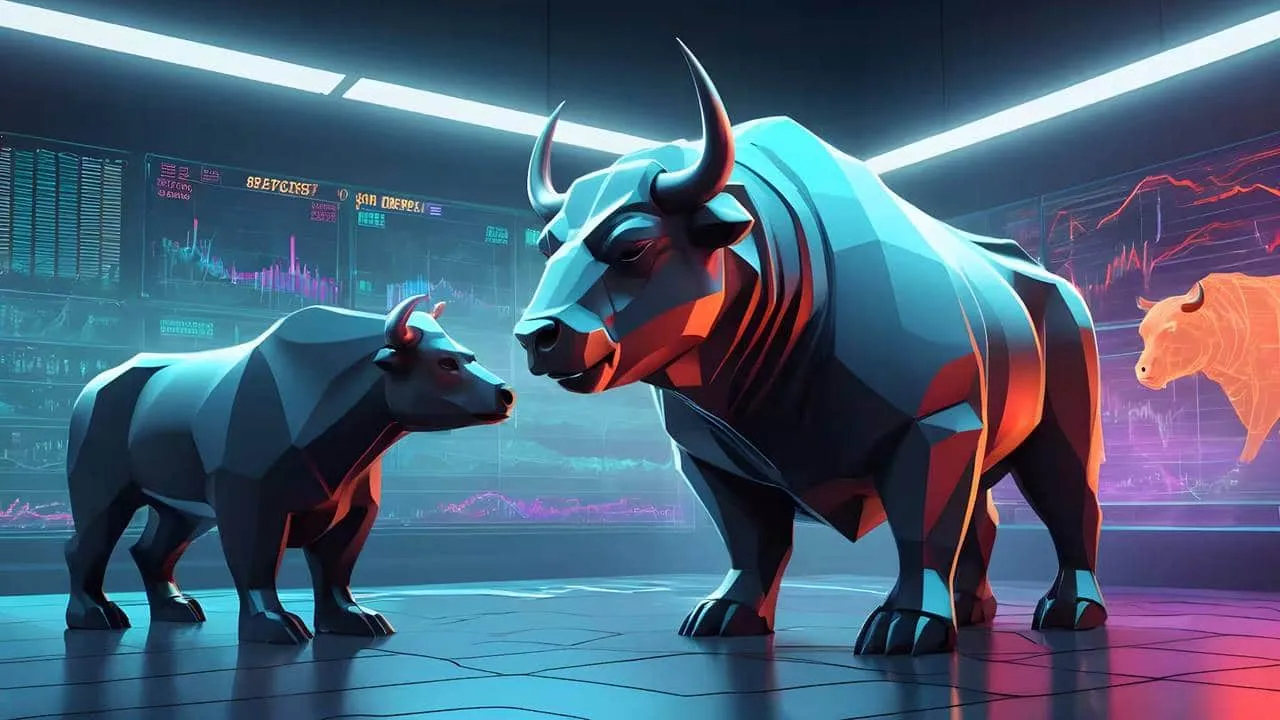CME cattle futures continued their upward trajectory this week, with feeder cattle contracts reaching new all-time highs. This surge is primarily driven by firm U.S. cash prices and a persistent shrinkage in domestic supplies of replacement animals, signaling a tight market. However, nearby live cattle contracts saw a slight dip due to profit-taking, highlighting complex dynamics within the protein sector.
Contents
Feeder Cattle Lead the Charge: A Supply Crunch Story
The rally in feeder cattle futures reflects a significant imbalance between supply and demand. U.S. cattle inventories have plummeted to their lowest levels in decades, pushing cash prices higher as meatpackers compete fiercely for available animals. This week, cash sales of feeder cattle in the Midwest are expected to fetch up to $8 per hundredweight (cwt) higher, underscoring the scarcity. This sustained strength in cash prices provides a strong floor for futures, propelling feeder contracts to unprecedented levels.
Live Cattle Futures See Profit-Taking Amidst Complex Signals
While feeder cattle soared, nearby live cattle contracts, including CME’s October LCV25, closed lower. Analysts attribute this to profit-taking after a period of significant gains. Despite the robust cash market, meatpackers are facing considerable financial pressure. Data from HedgersEdge.com indicates that processors lost an estimated $197.95 per head of cattle slaughtered recently, a sharp increase from $113.40 a week prior. These losses underscore the challenge packers face in balancing high input costs with wholesale beef prices.
Despite these “red flags,” as some analysts note, fund traders remain largely bullish on the protein sector. The significant discount of CME cattle futures compared to cash cattle prices encourages continued long positions, suggesting that the underlying supply shortage is still the dominant market force. This dynamic creates a scenario where futures might not react strongly to short-term weakness in wholesale prices or packer margins, given the perceived long-term value.
For broader context on agricultural market trends, you might be interested in this analysis: U.S. grains: Corn, soybeans extend losses as Midwest weather looks crop-friendly.
Wholesale Beef Prices: Mixed Signals for Consumers
The wholesale boxed beef market presented a mixed picture. Choice cuts saw a modest increase of $1.23, reaching $373.30 per cwt, indicating some resilience in demand for premium products. Conversely, select cuts experienced a decline of $2.32, settling at $347.73 per cwt, suggesting potential price sensitivity in lower-tier beef categories. These mixed signals from the wholesale market add another layer of complexity to an already nuanced livestock pricing environment.
 Animated bell graphic, symbolizing market alerts and timely financial news updates for agricultural commodities.
Animated bell graphic, symbolizing market alerts and timely financial news updates for agricultural commodities.
Broader Livestock Market: A Look at Hogs
The strength observed in the cattle markets appears to have spilled over into the pork sector. Despite a slight easing in wholesale carcass prices, CME August lean hog futures also closed higher. This suggests a general bullish sentiment across the livestock complex, driven by overall protein demand and perhaps a ripple effect from the supply challenges in the cattle market.
Outlook and Implications
The livestock market is currently navigating a period of tight supplies and high cash prices, especially for feeder cattle. While live cattle futures experienced a small correction due to profit-taking, the underlying bullish sentiment, fueled by the substantial discount between futures and cash prices, persists. Investors and market participants will need to closely monitor packer margins, wholesale beef price movements, and ongoing inventory reports to gauge the market’s direction. The continued contraction of the U.S. cattle herd points to sustained high prices for the foreseeable future, making strategic positioning crucial for all players in the beef supply chain. For more in-depth analyses of agricultural commodities and market trends, explore our related articles.







































